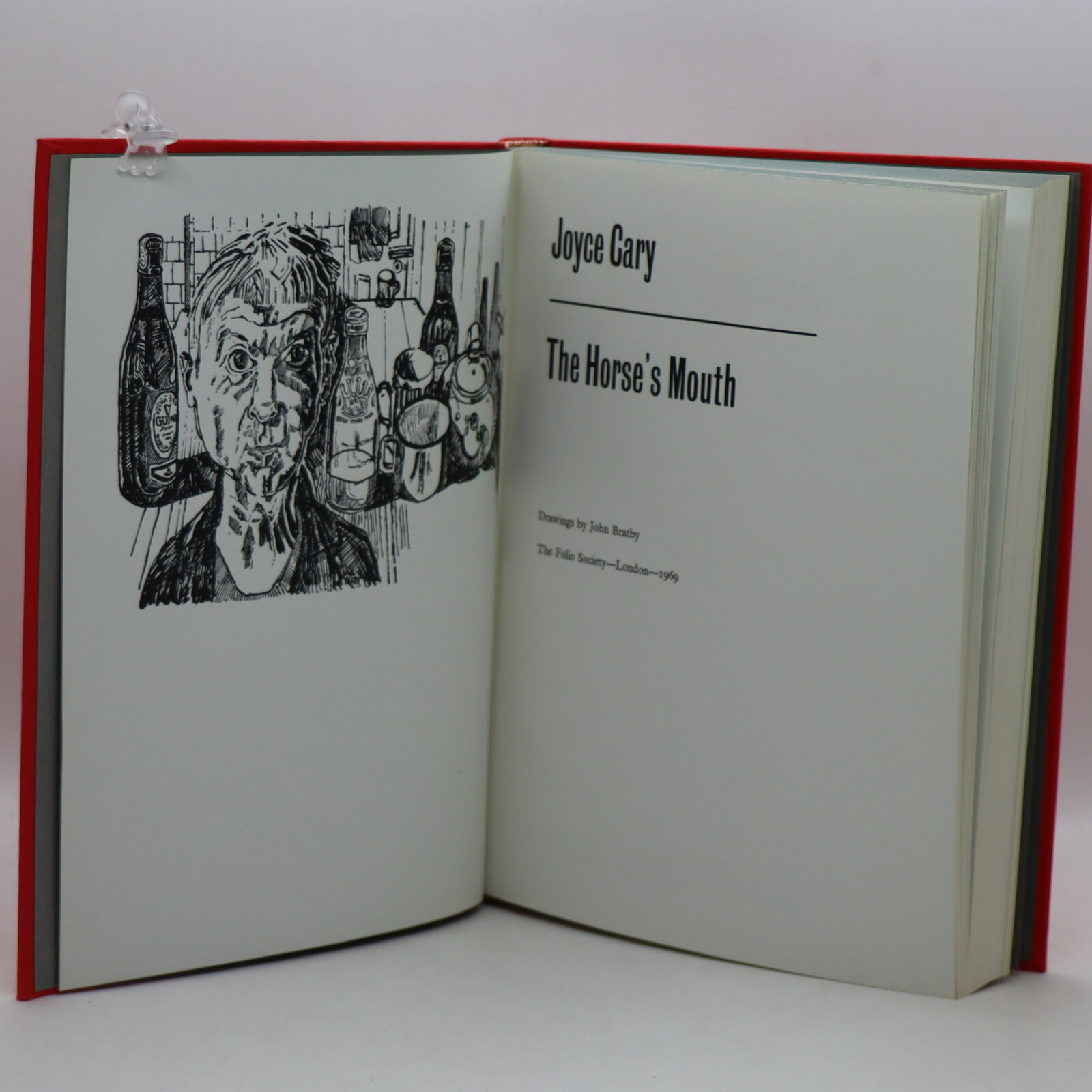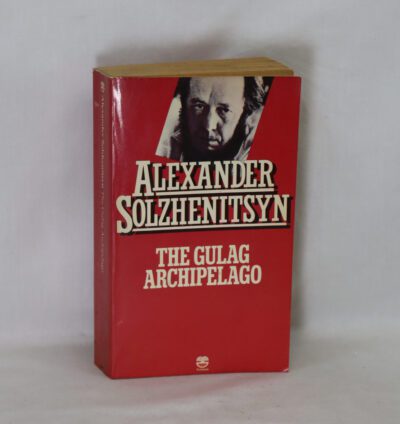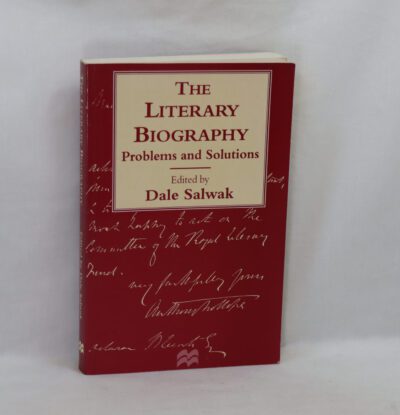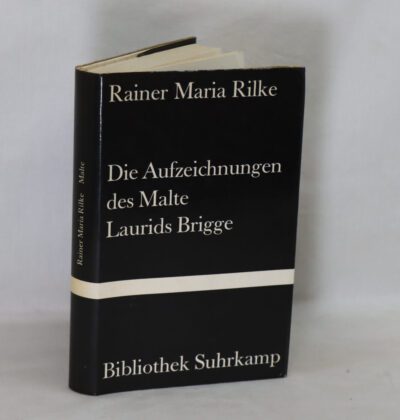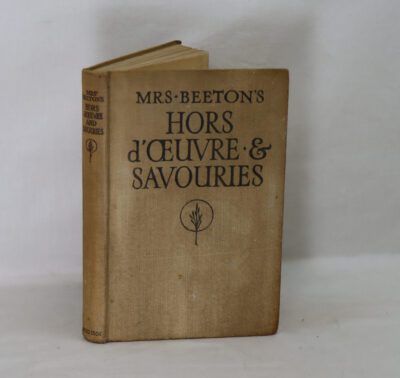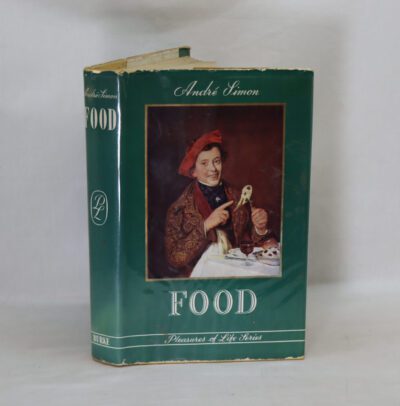The Horse's Mouth.
By Joyce Cary
Printed: 1969
Publisher: The Folio Society. London
| Dimensions | 18 × 24 × 3 cm |
|---|---|
| Language |
Language: English
Size (cminches): 18 x 24 x 3
Condition: Fine (See explanation of ratings)
Item information
Description
In a fitted box. Red cloth binding with black artist’s tools and black title on the spine.
F.B.A. provides an in-depth photographic presentation of this item to stimulate your feeling and touch. More traditional book descriptions are immediately available
Endorsed by F.B.A. – F.B.A. is endorsing a range of collectable lovingly used books
A lovely book which has been caring kept.
The Horse’s Mouth is a 1944 novel by Anglo-Irish writer Joyce Cary, the third in his First Trilogy, whose first two books are Herself Surprised (1941) and To Be A Pilgrim (1942). The Horse’s Mouth follows the adventures of Gulley Jimson, an artist who would exploit his friends and acquaintances to earn money, told from his point of view, just as the other books in the First Trilogy tell events from their central characters’ different points of view. Cary’s novel also uses Gulley’s unique perspective to comment on the social and political events of the time.
The Horse’s Mouth, the third and most celebrated volume of Joyce Cary’s First Trilogy, is perhaps the finest novel ever written about an artist. Its painter hero, the charming and larcenous Gulley Jimson, has an insatiable genius for creation and a no less remarkable appetite for destruction. Is he a great artist? a has-been? or an exhausted, drunken ne’er-do-well? He is without doubt a visionary, and as he criss-crosses London in search of money and inspiration the world as seen through his eyes appears with a newly outrageous and terrible beauty.
Arthur Joyce Lunel Cary (7 December 1888 – 29 March 1957) was an Anglo-Irish novelist and colonial official.
Cary undertook his great works examining historical and social change in England during his own lifetime. The First Trilogy (Herself Surprised -1941, To Be a Pilgrim – 1942, and The Horse’s Mouth -1944) finally provided Cary with a reasonable income, and The Horse’s Mouth remains his most popular novel. Cary’s pamphlet The Case for African Freedom (1941), published by Orwell’s Searchlight Books series, had attracted some interest, and the film director Thorold Dickinson asked for Cary’s help in developing a wartime movie set partly in Africa. In 1943, while writing The Horse’s Mouth, Cary travelled to Africa with a film crew to work on Men of Two Worlds.
Cary travelled to India in 1946 on a second film project with Dickinson, but the struggle against the British for national independence made movie-making impossible, and the project was abandoned. The Moonlight (1946), a novel about the difficulties of women, ended a long period of intense creativity for Cary. Gertrude was suffering from cancer and his output slowed for a while. Gertrude died as A Fearful Joy (1949) was being published. Cary was now at the height of his fame and fortune. He began preparing a series of prefatory notes for the re-publication of all his works in a standard edition published by Michael Joseph. He visited the United States, collaborated on a stage adaptation of Mister Johnson, and was offered an appointment as a CBE, which he refused. Meanwhile, he continued work on the three novels that make up the Second Trilogy (Prisoner of Grace -1952, Except the Lord -1953, and Not Honour More -1955). In 1952, Cary had some muscle problems which were originally diagnosed as bursitis, but as more symptoms were noted over the next two years, the diagnosis was changed to that of motor neuron disease (known as Lou Gehrig’s disease (ALS) in North America), a wasting and gradual paralysis that was terminal. As his physical powers failed, Cary had to have a pen tied to his hand and his arm supported by a rope to write. Finally, he resorted to dictation until unable to speak and then ceased writing for the first time since 1912. His last work, The Captive and the Free (1959), the first volume of a projected trilogy on religion, was unfinished at his death on 29 March 1957, aged 68.
Want to know more about this item?
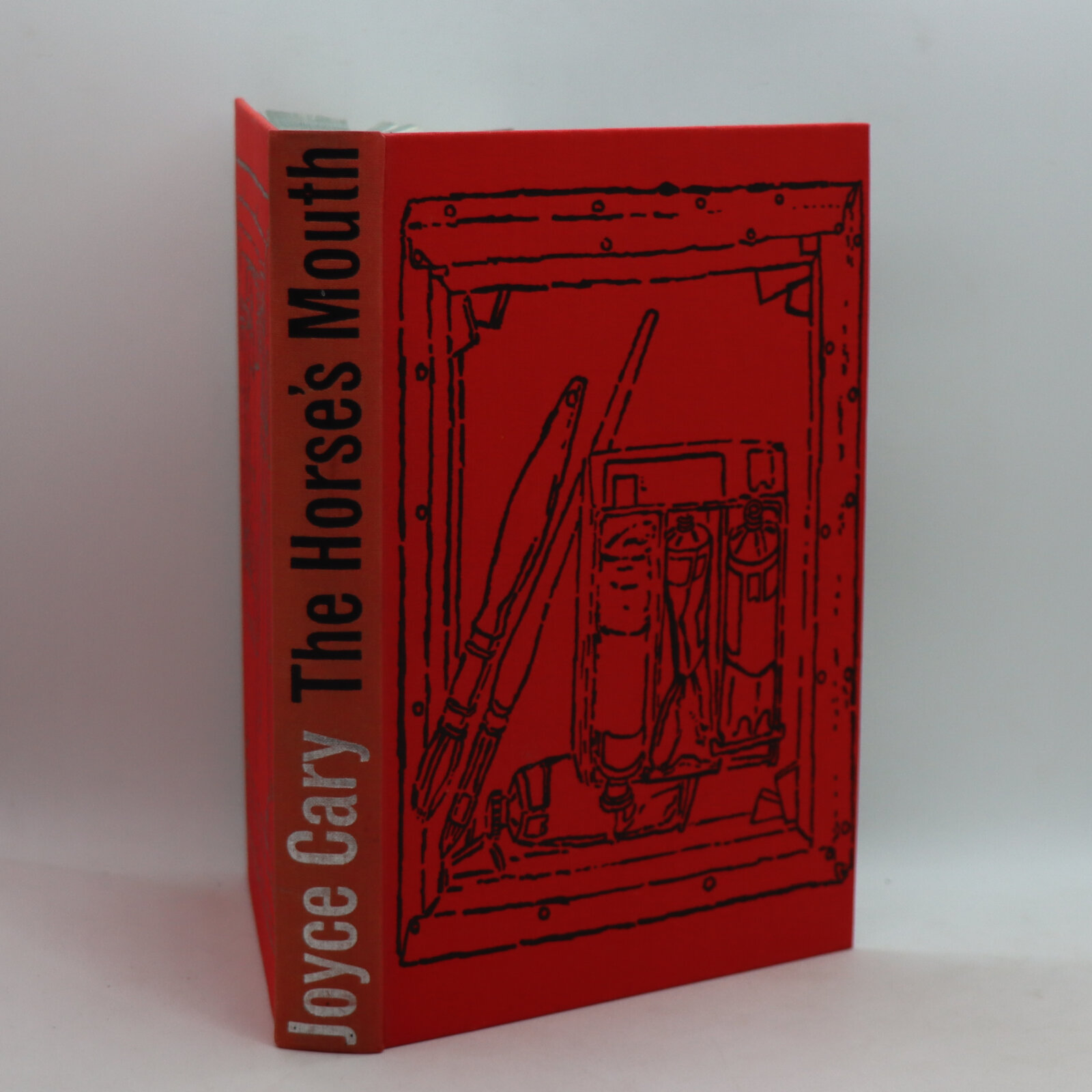
Share this Page with a friend

